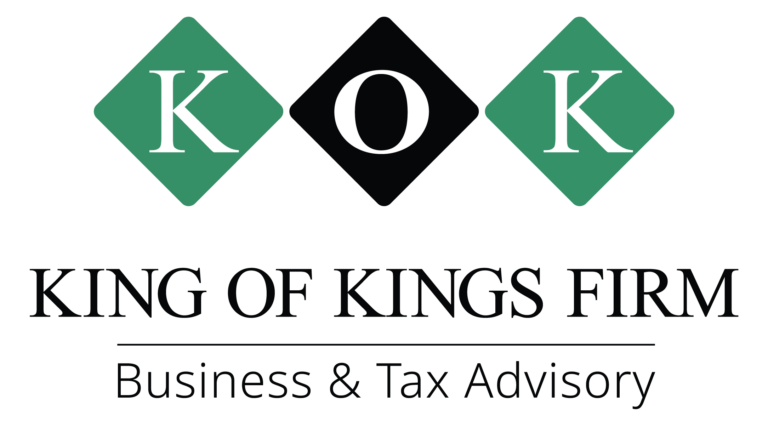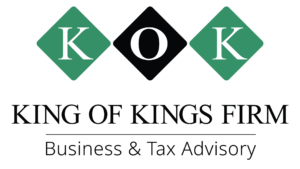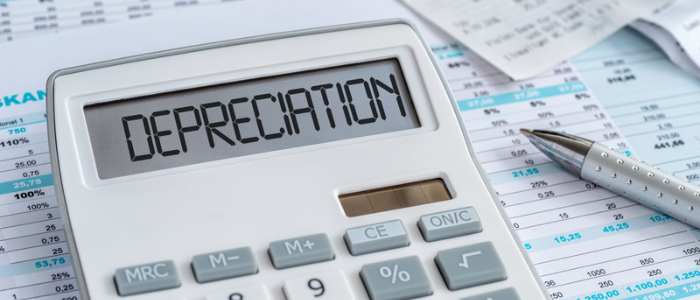Understanding Depreciation: What is It?
Simply put, depreciation is allocating the cost of a tangible asset over its useful life. The purpose of depreciation is to recognize that an asset’s value declines over time due to wear and tear or obsolescence. This means that the cost associated with an asset should be spread out over multiple years instead of being deducted in one lump sum when it is purchased. This makes sense since businesses get to use that asset over multiple years, so they should not have to pay for all of it upfront.Choosing a Depreciation Method
When it comes to choosing a depreciation method for your business taxes, there are several options available. These include straight-line depreciation, declining balance depreciation, double declining balance depreciation, sum-of-the-years’-digits (SYD) depreciation, and more. Each method has advantages and disadvantages depending on what type of assets you depreciate and how quickly those assets are expected to lose their value. It’s essential to do some research before deciding to ensure that you’re making the most informed decision possible when it comes time to file your taxes.Types of Assets Eligible for Depreciation
Not all assets are eligible for depreciation deductions. According to IRS guidelines, only tangible assets with a useful life greater than one year are eligible for depreciation deductions — meaning you can’t depreciate intangible items such as goodwill or intellectual property rights. Some tangible assets that could be eligible include buildings and land improvements (such as parking lots), vehicles and equipment used by the business, furniture and fixtures used inside the office or store, computers used in day-to-day operations, and software used by employees.Tax Deductions
It’s also essential to understand how tax deductions work in relation to depreciation expenses. Generally speaking, when an asset is depreciated over its useful life span, it can be used as a tax deduction each year until the total amount has been entirely written off (up to certain IRS limits). This means that businesses can take advantage of this deduction each year when filing their taxes to reduce their taxable income and potentially save money on their overall tax bill.Tax Deduction Categorization & Calculation
The IRS divides depreciable assets into five categories — residential rental properties, nonresidential real properties (buildings other than homes), personal properties (vehicles and equipment), luxury automobiles/property (assets worth more than $6,000), and certain land improvements (such as driveways). Each category has different rules related to how much the asset’s cost can be deducted each year — generally speaking, though, you may depreciate up to 20% per year over five years on personal property assets such as vehicles or 10% per year over 39 years on residential rental properties such as apartment buildings or houses rented out by landlords. Visit the official IRS website to learn more about calculating depreciation deductions within each category.Use Depreciation to Improve Cash Flow
Understanding how depreciation works and which type of method makes the most sense for your business is essential if you want to ensure that your taxes are filed properly and accurately each year. By researching different methods and understanding how tax deductions apply in relation to these methods, you can ensure that your business is taking full advantage of every opportunity available to save money on its annual taxes. With proper planning and some knowledge about how these processes work together, you can make sure that your business stays profitable while reducing its overall tax burden simultaneously! Contact us today for a free consultation.frequently asked questions
What is accelerated depreciation?
Accelerated depreciation is any one of several methods by which a company, for 'financial accounting' or tax purposes, depreciates a fixed asset in such a way that the amount of depreciation taken each year is higher during the earlier years of an asset's life.
Should you expense or depreciate office computers?
Computers and other major purchases of office equipment should be depreciated over a five-year period.
What is a depreciation schedule?
A depreciation schedule charts the loss in value of an asset over the time designated as its useful life using the chosen accounting method.
A depreciation schedule allows you to track what you’ve already deducted and stay organized as the years pass.






